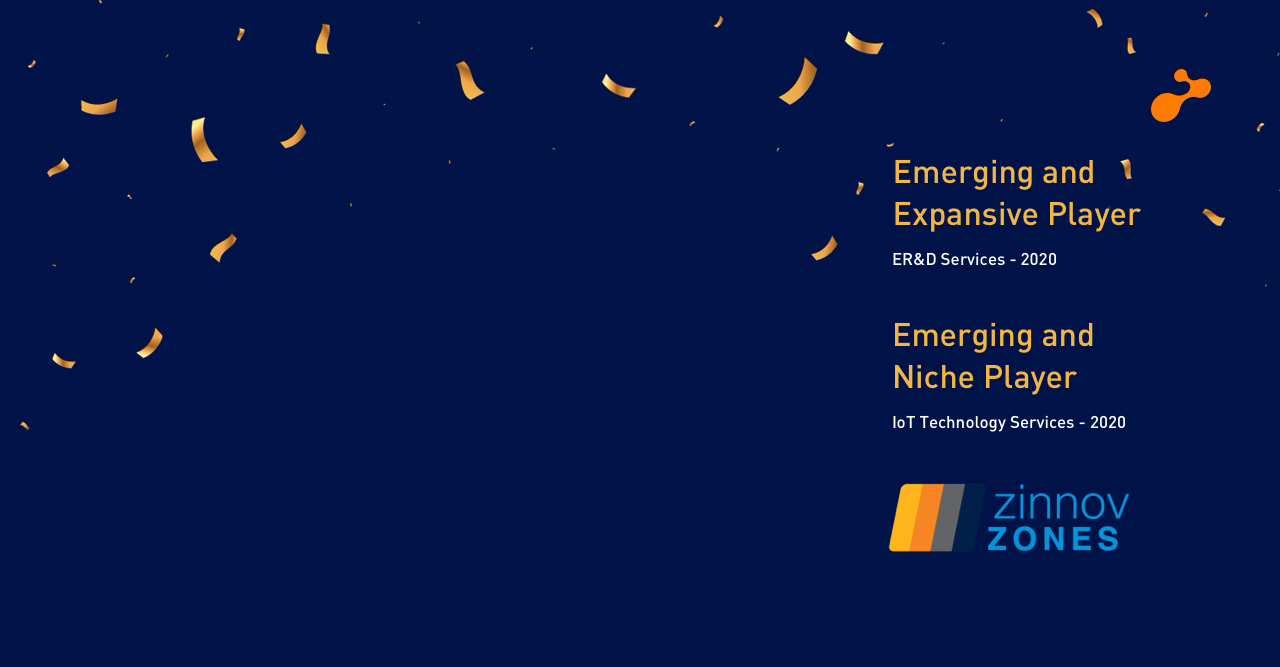As we have seen with social, mobile, cloud, analytics, and big data, enterprise technologies along with innovation and spending constantly evolve. It moves from formative, young and inceptive entity to one that is largely accepted by enterprise architects. And as it matures and reaches the masses, we wonder how we ever functioned without it. Mobile and cloud are two such technologies which have seen such a journey touching everyone right from businesses to individual users.
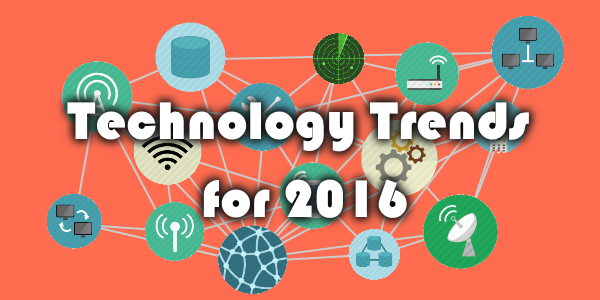
e-Zest brings you a list of top 10 strategic technology trends for 2016 that will shape enterprises through 2020.
Here is a summary of our top technology trends for 2016.
Smart Machine technologies, advanced Big Data and Analytics
The wake of entirely new range of business models are based on smart machine technologies, big data and advanced analytics. The coming together of machine learning, Internet of Things (IoT) combined with supporting data models and advanced intelligence set the stage for a complete new breed of business models.
IoT based devices and sensors that will fare well
In the next three years the focus shifts to the rise in augmentation of wearables - including home appliances and electronics with sensors, automotive and transport-based devices along with data collection tools. This will extend beyond desktop and mobile devices and transcend from the era of traditional computing and communication to capturing data in real-time. This device mesh will expand and continue to rise, compelling companies to design devices and apps to individual roles and tasks.
Ambient User Experience
The digital mesh sets the foundation for a new and ambient user experience flowing seamlessly across boundaries of devices. As the user moves from one place to another, the experience also flows across multiple devices and communication channels blending virtual, physical and electronics. Designing experience that continuously flows along various devices and exploits different objects will be an important focus for ISVs and enterprises in the years to come.
Information of everything
Every agent and thing in the digital mesh generates uses and transmits information. This goes beyond just textual, audio or video and contains sensory as well as contextual data. Information of everything links this data from various data sources giving meaning to the often isolated and chaotic data deluge. There has always been abundant information everywhere but companies that make sense of this tidal wave using advanced analysis techniques harness the power to take a giant leap.
Advanced machine learning
There will be a new IT reality that combines data analytics and architectures along with smart machines that will revolutionize smart machine production making the vision into reality for industries globally. In this process much of the primary analysis that typically involves humans will be done by machines. Companies will need to think beyond classic computing and data management to create smart systems that can learn and perceive the world around, on their own. As this area is expanding quickly, organizations must learn how to assess and apply these trends to gain competitive advantage.
Autonomous Agents and Things
The smart machine and machine learning puts the foundation to a range of smart machine implementations such as robots. This includes not just physical smart machines but also software-based smart machines. This trend will be aligned to ambient user experience in which the users instead of interacting with smartphone, can speak directly to an app.
Leaders in IT should start exploring how they can leverage these technologies with autonomous agents and things to augment human activity. This will give rise to smart factories and production centers where people will move beyond controlled ecosystems. Organizations will hugely rely upon cloud platforms to provide manufacturing intelligence that ensure scalability, robust and predictive analytics.
Adaptive security architecture
As the growing list of CIOs see security as their top concern, especially when a majority of them have experienced security breaches, the growing number of tools will be available that allow apps to protect themselves leveraging predictive modeling. Companies will now have to engineer security into all business processes. Especially when enterprises explore more cloud-based services for their customers and partners to integrate with their systems, much of their focus will go on identifying and responding to threats to prevent attacks. This will certainly give prominence to application self protection.
Mesh App and Service Architecture
More and more apps are getting built to be meshed together giving way to integrative architecture of apps and services. This new software-defined application approach ensures flexibility, agility and performance. This emerging pattern supports agile delivery and scalable deployment, both in the cloud and on-premise calling for new architectures that deliver agile, dynamic and flexible applications with user experience that span across the digital mesh.
Internet of Things Architecture and Platforms
The IoT architecture complements the mesh app and service architecture. It is an important and key part of digital mesh and ambient user experience where data is shared broadly. Enterprises following and applying this trend closely will have to build their IOT platform strategy to develop capabilities for creating, managing and securing elements of IoT.


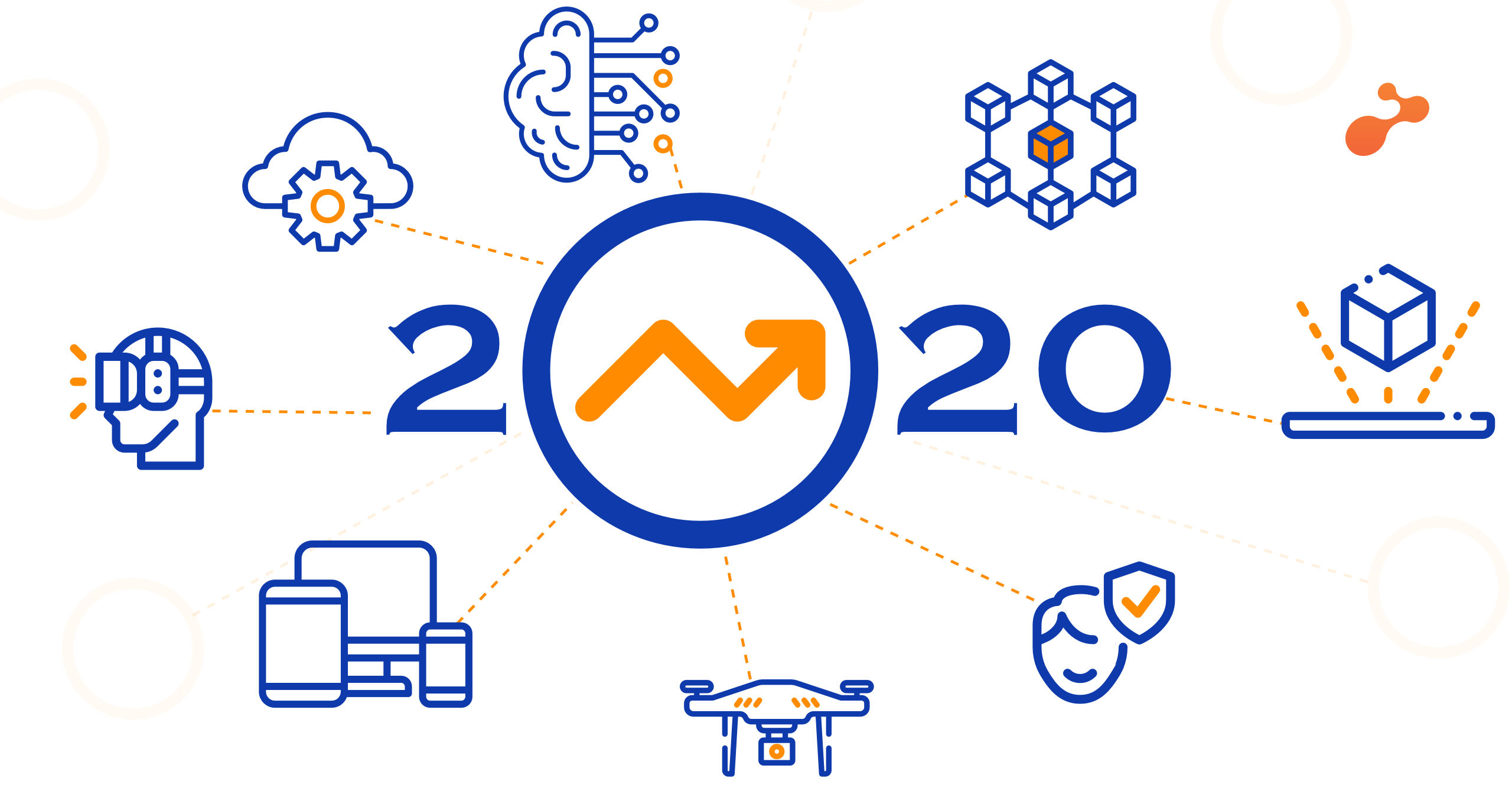
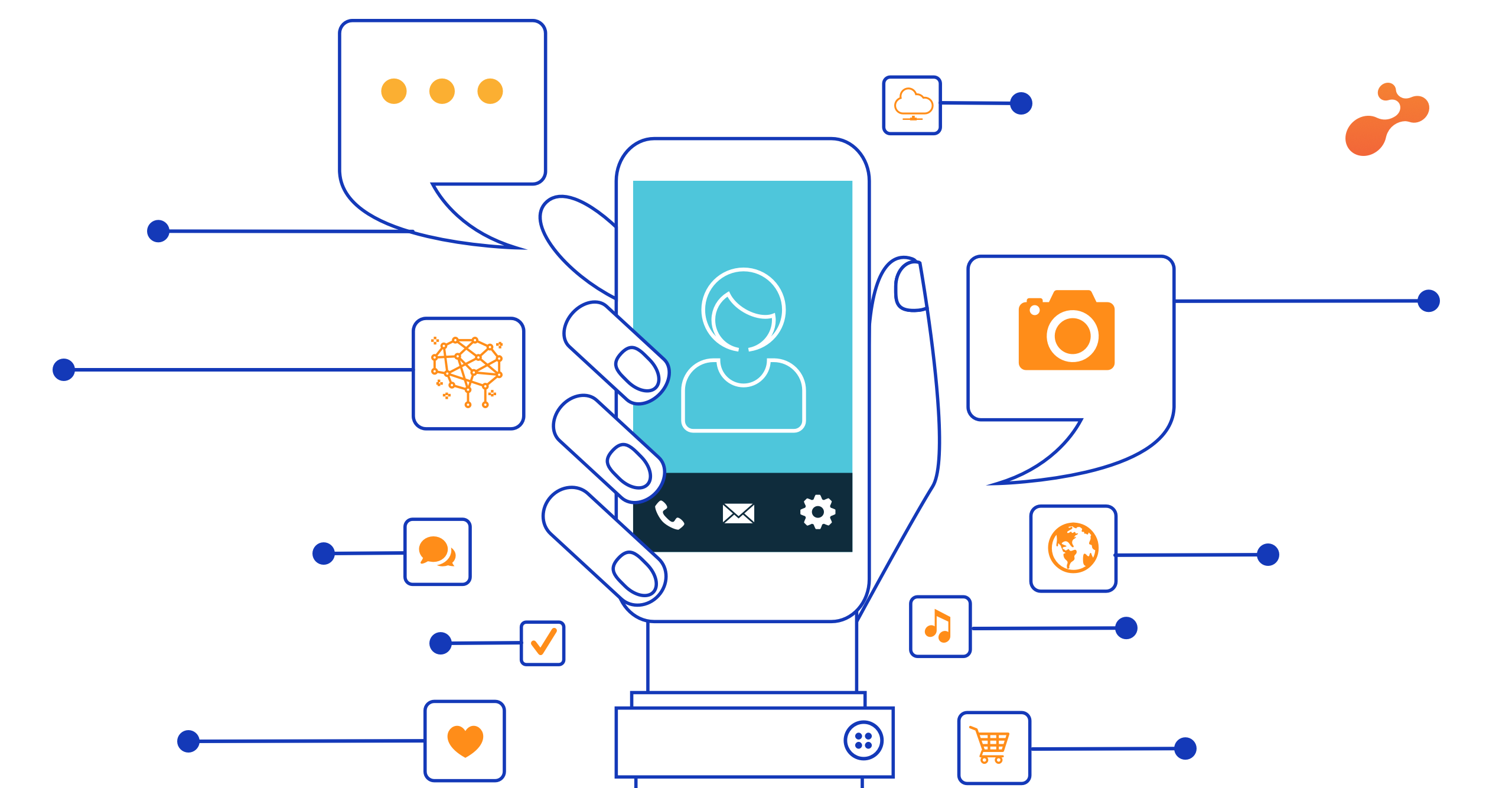
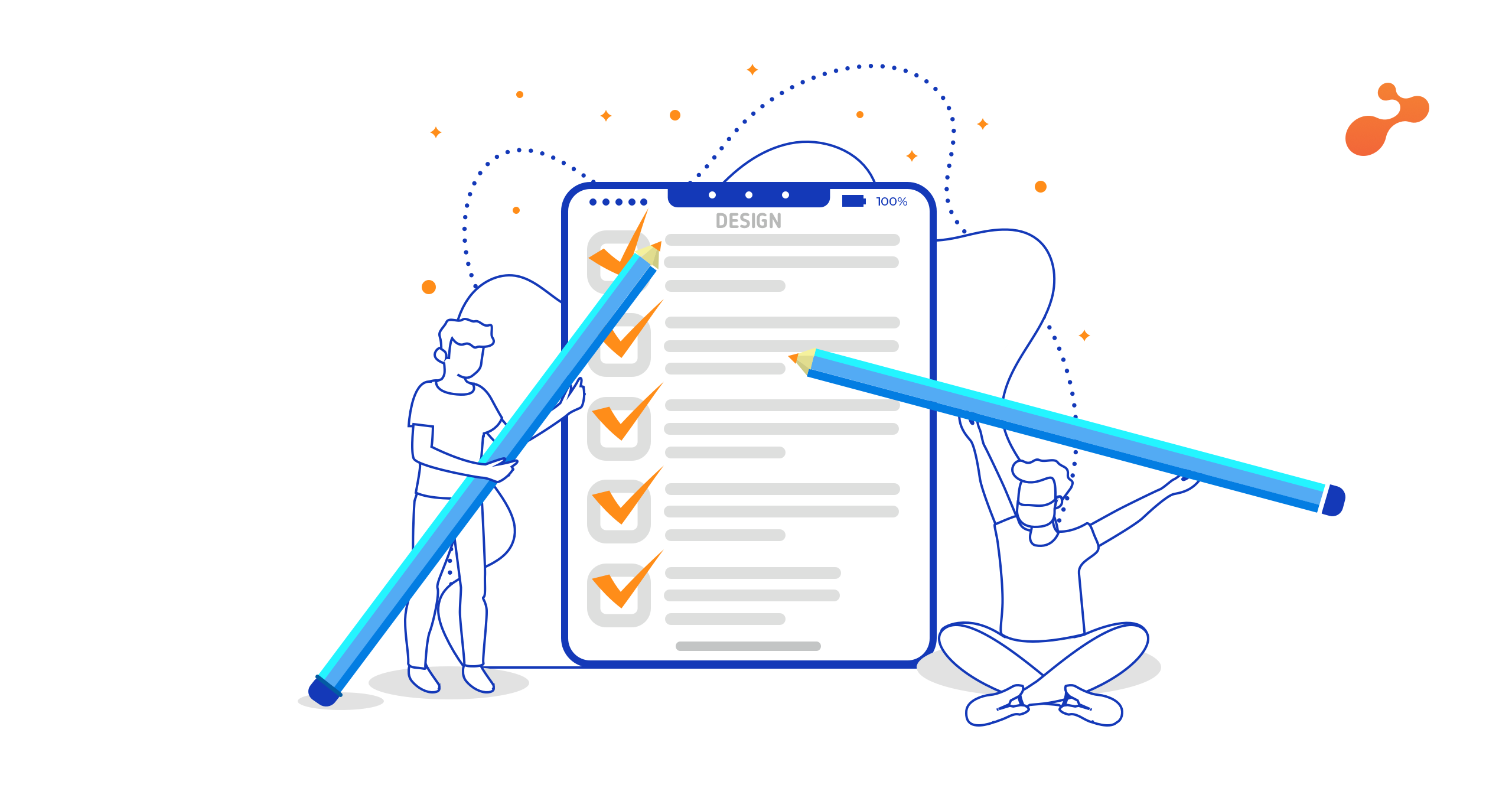
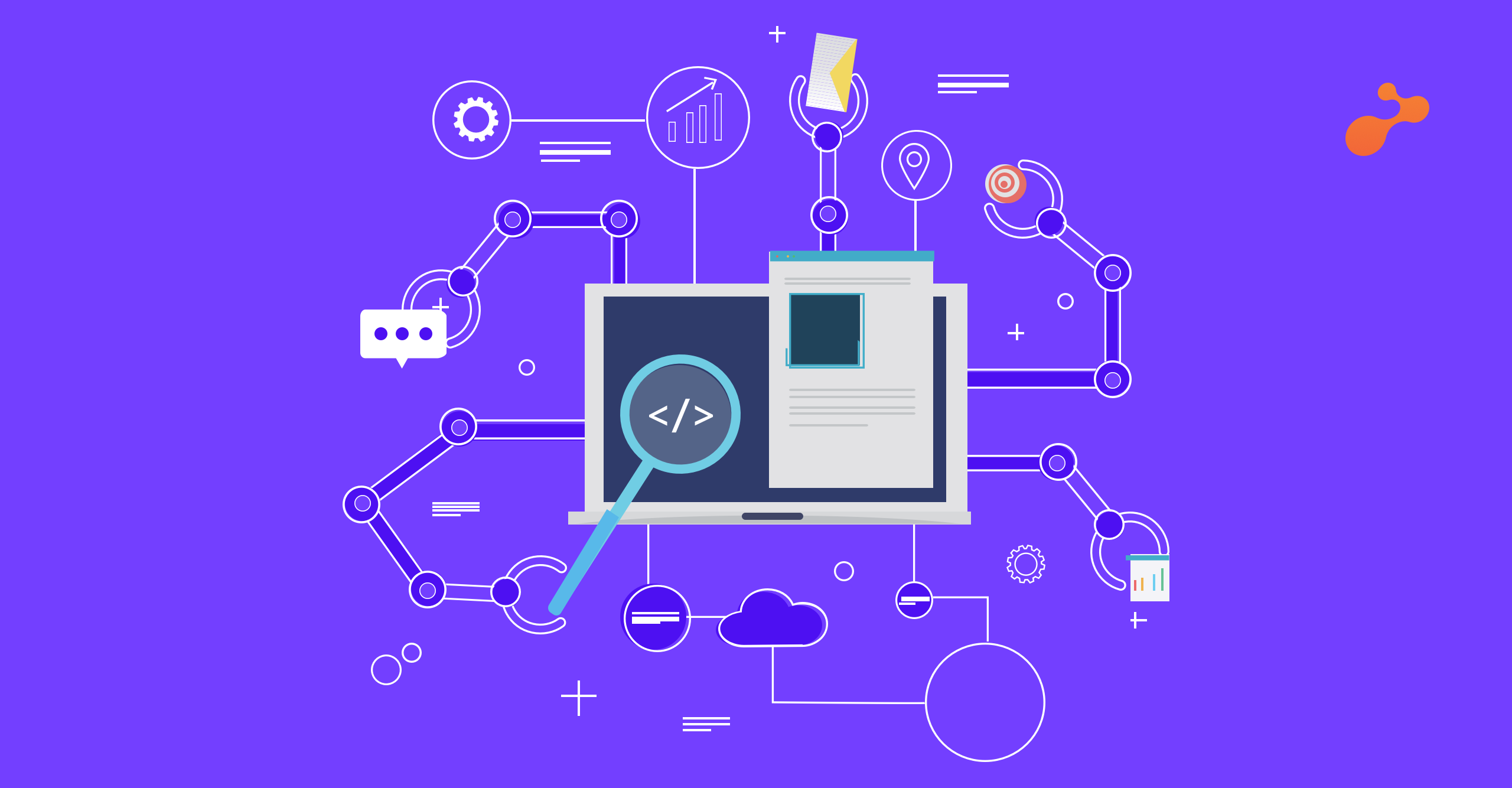
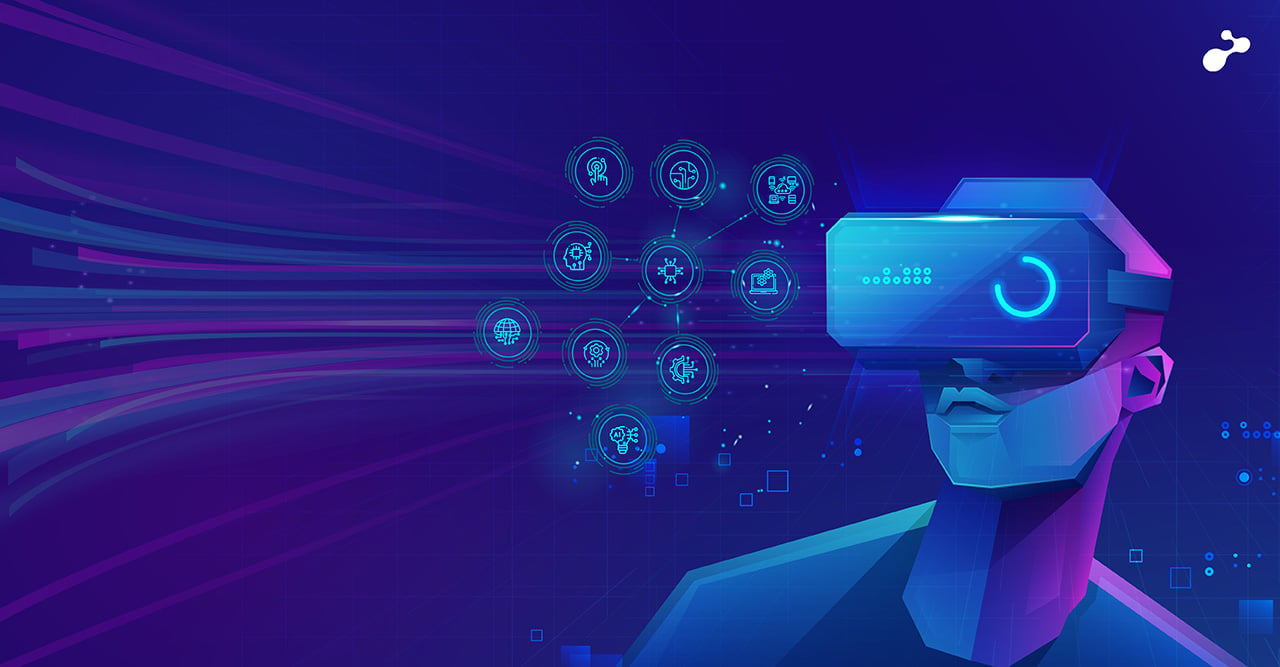
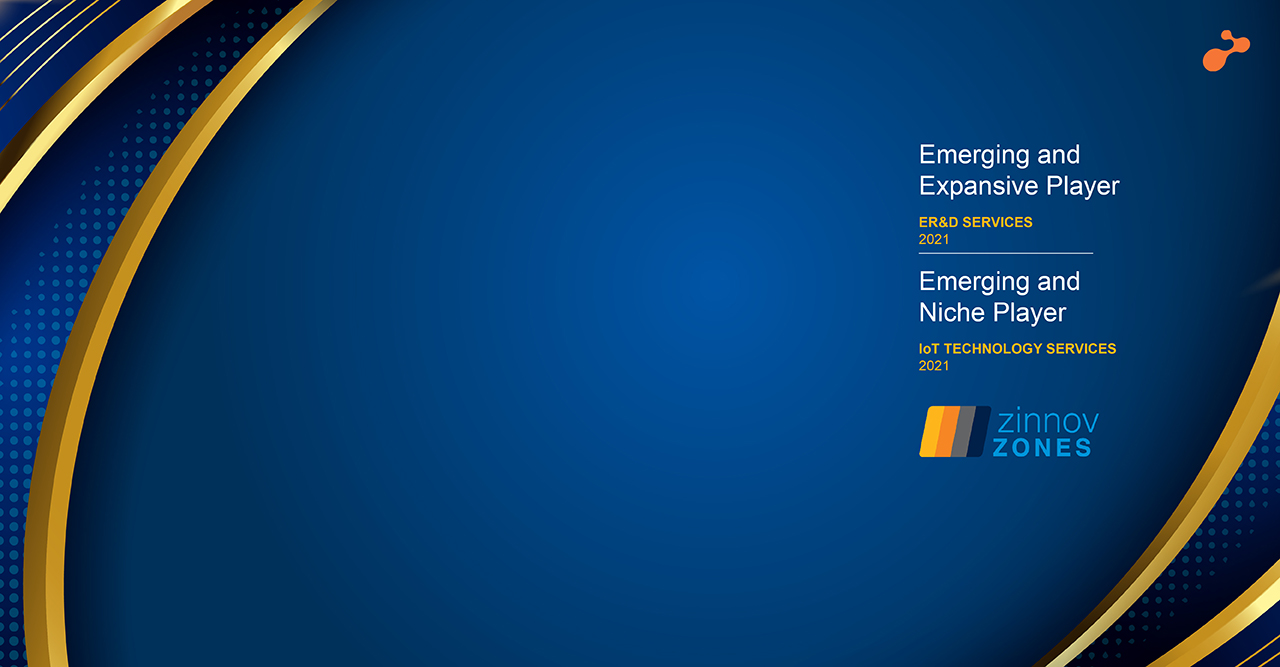
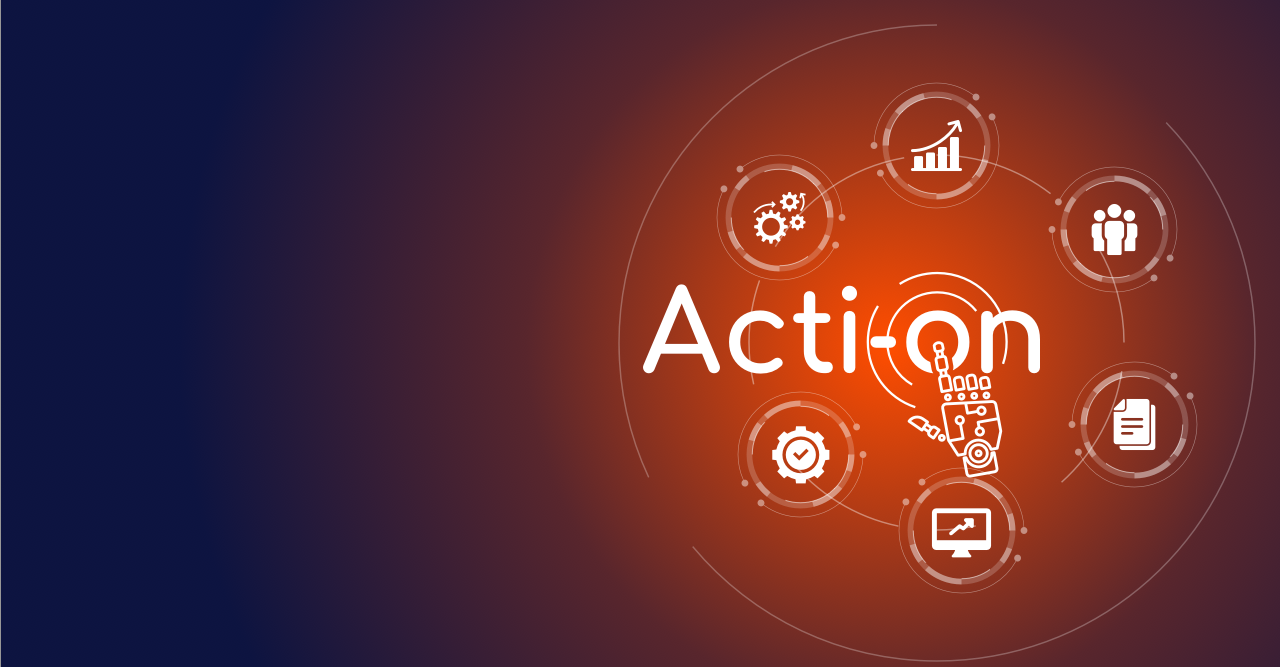
.jpg)
